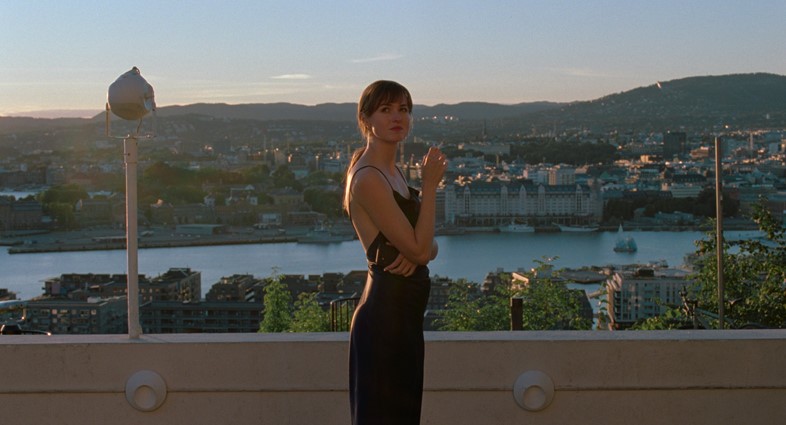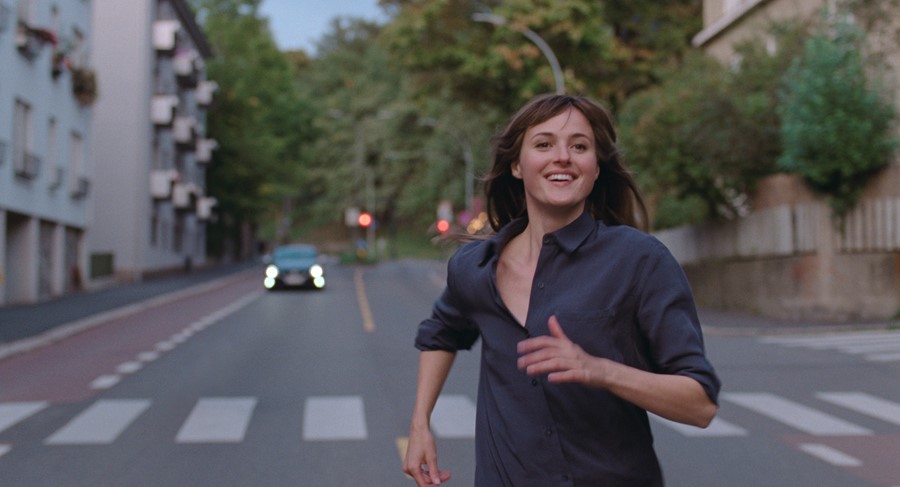Joachim Trier’s new film holds up a mirror to a generation’s anxieties – and invites us to make art from life
An hour into Joachim Trier’s The Worst Person in the World, a moment of magic transpires. Julie, our irrepressible heroine, flicks on a light while working up the courage to end her relationship with Aksel, a 40-something graphic novelist. Time stops, and she runs outside into the city, weaving her way between frozen bystanders to a cafe where Eivind, her new love interest, works. It’s a stylistic flourish – like something out of a Michel Gondry movie – that most films would have saved for the starry-eyed finale. But Trier’s vision is deeper, more searching, and instead the moment marks a turning point from the heady rush of the film’s first half to its more melancholy, ruminative second.
How exactly to describe Trier’s film is part of its charm – it’s been described as an anti-rom-com, which in one sense it is, but then again, maybe not. Informed by the playful genre agnosticism of the French new wave – Jules et Jim is an obvious touchstone – it’s instead the sort of freewheeling affair that lives in pure sensation, protesting like its protagonist a world where “everything we feel, we have to put into words. Sometimes I just want to feel things”.

We open on the image of a young woman, elegantly framed, anxiously smoking a cigarette on a hotel balcony. She looks up – to whom, we wonder – and then out on to the city. She checks her phone. This is Julie: a flaky, unfocused, talented, impulsive woman in her late twenties played with twinkly abandon by Renate Reinsve, who won best actress at Cannes for her performance. Julie sees her life spreading out before her in a bewildering maze of forking pathways, bouncing between boyfriends and fledgling careers as she tries to figure it all out. Her worries are her generation’s, and Trier has fun pitting Julie against Aksel and his Gen-X peers, as in one brilliant scene where she goads an older man into mansplaining the meaning of the word ‘mansplaining’.
Above all, Julie is someone who is trying to live her life honestly. One major theme in the film is the things that we say to each other (and ourselves) that are true, those that are false, and also the things that become kind of false through repetition. It’s about how we grow as humans, and Trier’s refusal to do away with the mess, his characters’ flaws and contradictions, is the whole point. When Julie finally leaves Aksel after a bout of breakup sex, he’s left standing, pathetic, with his wiener out as she walks through the door. Trier could have left it on that cruel but undeniably funny note, generation X outfought and outsmarted by the millennial set. But Aksel returns to haunt the movie – and Julie – in ways that force us to reckon with his good points, and the thread of continuity between generations which is so rarely acknowledged these days.
Whatever his flaws, Aksel sees Julie for what she is in many ways: later in the film, he tells her that she always runs “when things get tough”, a trait that is dramatised in her heart-stopping flight through the city. He means it as a criticism, but what if it’s really her superpower? To run wherever your intuition takes you. To make your life, like the scene where Julie winks at the camera after putting a frozen woman’s hand on her lover’s bottom, a work of art.
The Worst Person in the World is in cinemas from March 25.
